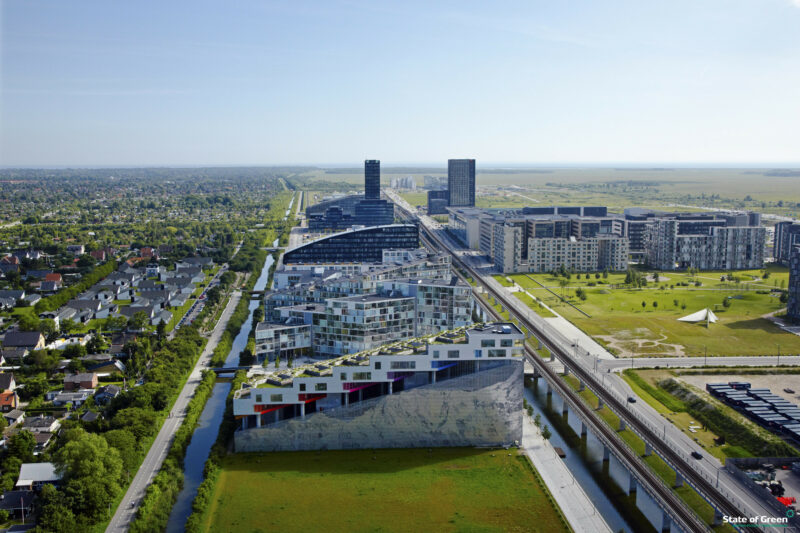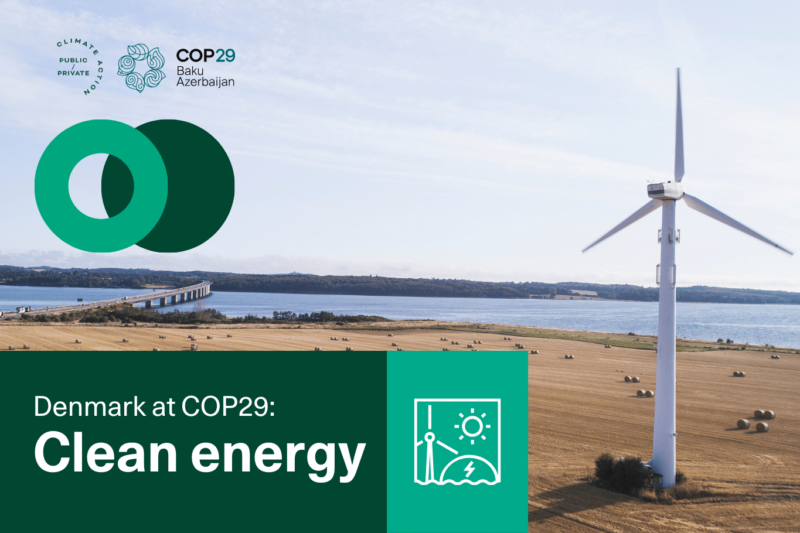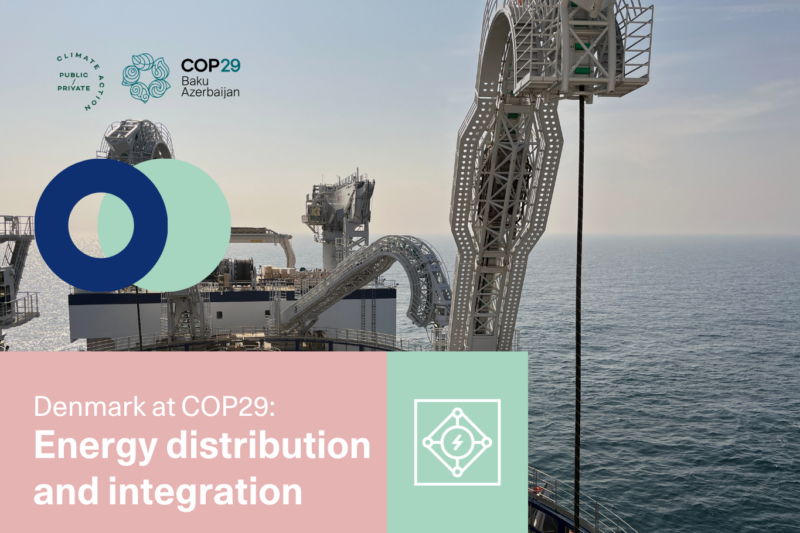News
Energy storage
Smart energy systems
Future bio-batteries made from mould


Two research scientists from Aalborg University (AAU) in Esbjerg, Denmark, have succeeded in developing a method for manufacturing batteries using biological material from mould. A method the research scientists believe will change the future manufacturing of batteries, writes EnergyWatch.
100 procent bio-degradable
“The potential is huge”, said Lecturer Jens Laurids Sørensen, who, together with Jens Muff from AAU Esbjerg and a group of Ph.D. students, created the new method. Today, batteries are typically made from metals such as lithium or residual products from the oil industry, which have a carbon footprint during both production and disposal. Contrary to this, the mould-method will be 100 percent biodegradable as the active substances are grown in sugar water in a lab.
“Mould changes colour when exposed to light. This happens by the means of pigments. In fact, it is the mould’s defence mechanism when exposed to e.g. UV radiation. The mould’s pigments contain the ability to oxidase and reduce – they can accumulate and discharge energy. These features are exactly the same we see in batteries’’, said Jens Laurids Sørensen.
Related news: Grubby festivalgoers are testing a showering system that uses recycled water
Funded by, among others, The National Research Council in Denmark, the research project will run for four years in total, beginning last year. According to the plan, the end result will be a ‘’large, well-functioning battery based on biological material from mould.”
From prototype to large scale in four years
During the first year, the scientists have developed a small prototype of the new battery.
“The first battery is not very big – only about 1.5 volt. However, it proves that the technology not only works in theory, but also in reality,” said Jens Laurids Sørensen. Currently, the research group is working on finding the best mix of technology and biology to locate the most suitable mould pigments.
Related news: 15 ways to boost business in the bioeconomy
“’In three years, when our project ends, we would like to have manufactured a battery that can be used to store the power from our solar cell panel here on campus,” said Jens Laurids Sørensen and continuous:
“The goal is to create a battery that has low production costs, enabling it to compete with the traditional metal or oil based batteries. If we can replace these types of batteries with bio-batteries that are easy, eco-friendly and cheap to produce, the potential is huge. Then we are ready to share them with the world.”
Source: EnergyWatch (in Danish)
You should consider reading
solutions
Combined heat and power production
+6
CopenHill: The story of the iconic waste-to-energy plant
20 November 2024publications
Combined heat and power production
+9















